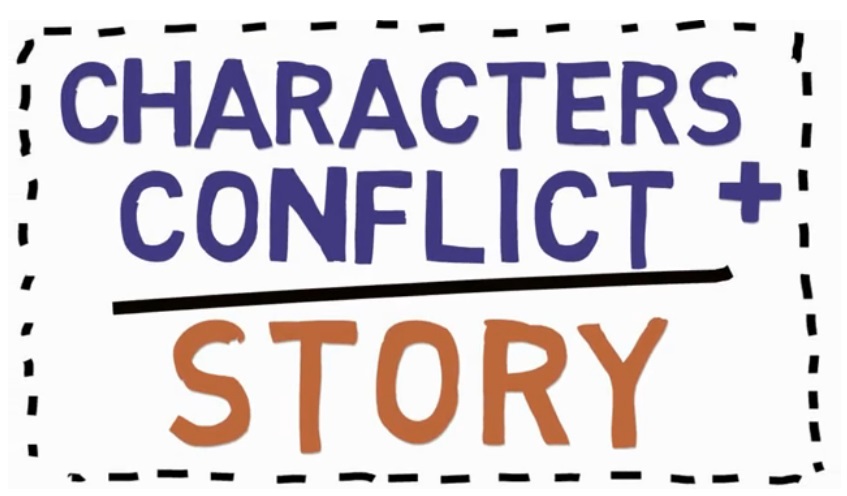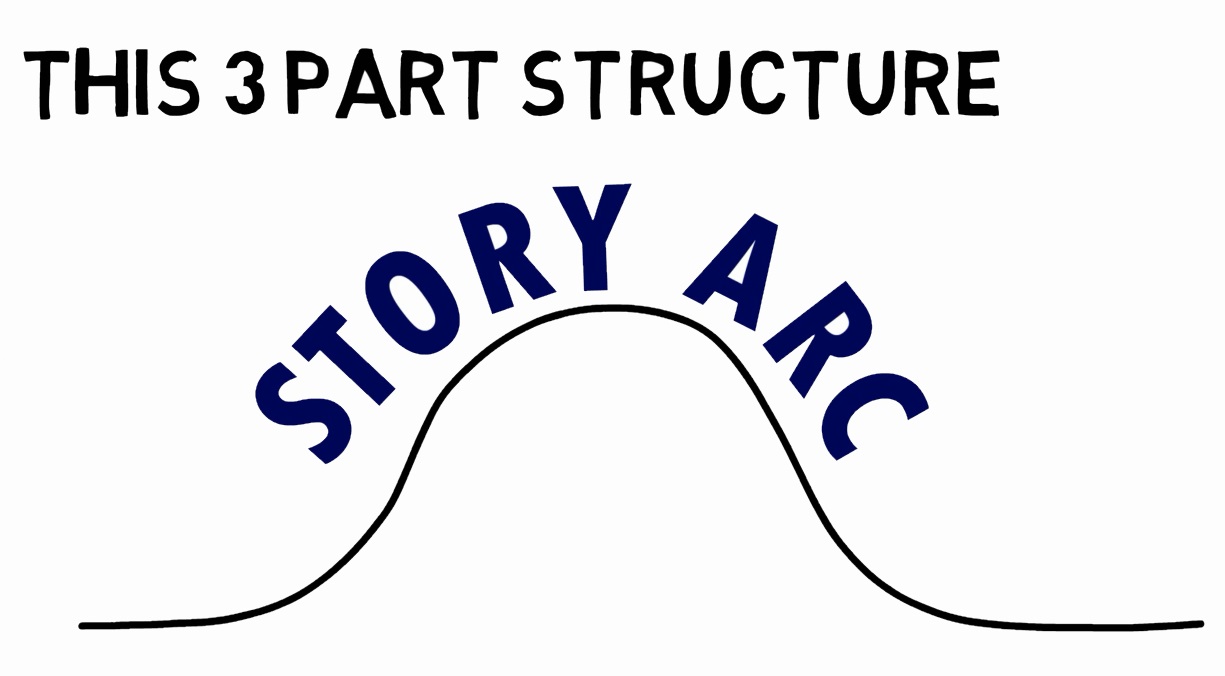Story Time…
Walking along my local high street, I was held up behind a woman, holding the hand of a little girl. A girl of perhaps 3 or 4 (it was a school day, so I’m assuming she was pre-school age).
It’s a narrow stretch of pavement, and it was a sunny day, so I was content to amble along at half my usual walking speed.
I inadvertently eavesdropped on their conversation.
I’m using a little artistic licence here (hey, I’m an author, you should expect nothing less!)…
The woman said, “So, you went all the way to Spain without me?”
(At this point I assumed the woman was a relative or childminder rather than her mum!)
“Yeah, and one time, I went in this really big swimming pool. And there were loads of people in it. And the sun was really warm. I made a friend – she was called Molly – and we were playing. Then there was this big boy and he was with some other boys. They were being all splashy and Molly got upset. So, my mummy came over and told the boys they were naughty, so they went away, and my friend was happy again.”
They crossed the road and I picked up the pace to continue on my way, but it made me think.
This little girl, who probably hadn’t even started her formal education yet, already understood the basic concept of a story.
Instinctively.
Basic Concept of a Story
The recounting of events in a narrative context.
We all live our lives as the central character in our own narratives. (Tweet This)
A complete narrative has structure and conflict. Here is the basic formula for a story:

Isn’t it therefore fair to say, all of us are born with the basic concept of what a story is?
Like the innocence and natural curiosity we are born with, our circumstances often teach us to ‘unlearn’ things, to conform with the expectations of others around us.
Molly’s new friend told a complete story.
She followed the ‘Story Arc’, with a beginning, a middle, and an end. Heroes and villains and a happy ending. And all in less than 100 words! What a legend!

Beginning:
She set the scene (playing in a big swimming pool in the sun) and introduced the characters (herself and Molly). Building the stakes and tension – where is she going with this?
Middle:
There’s conflict (the big splashy boys) and a hero comes to the rescue (Molly’s friend’s mum). The stakes are at their highest – what will happen next?
End:
The hero saves the day, the tension melts away and we breathe a sigh of relief when Molly and her friend live happily ever after…
What does this mean for your blogs?
If you have unlearned something you can relearn it!
Because we all have a natural instinct for storytelling, even if you don’t even realise it, trust me you do. What about when you tell your friend an amusing anecdote? Or share something funny or sad that happened to you with someone? Those are all stories.
We talk in stories, we can absolutely write them into our blogs!
A Little More?
Take a look at the Slide Share for my keynote talk on Storytelling for Business, delivered across the Women Mean Biz and We Mean Biz networks in 2017/18.
These slides are packed with tips to bring more story structure into your blogs.
Tell me in the comments, what do you think makes a good story?

